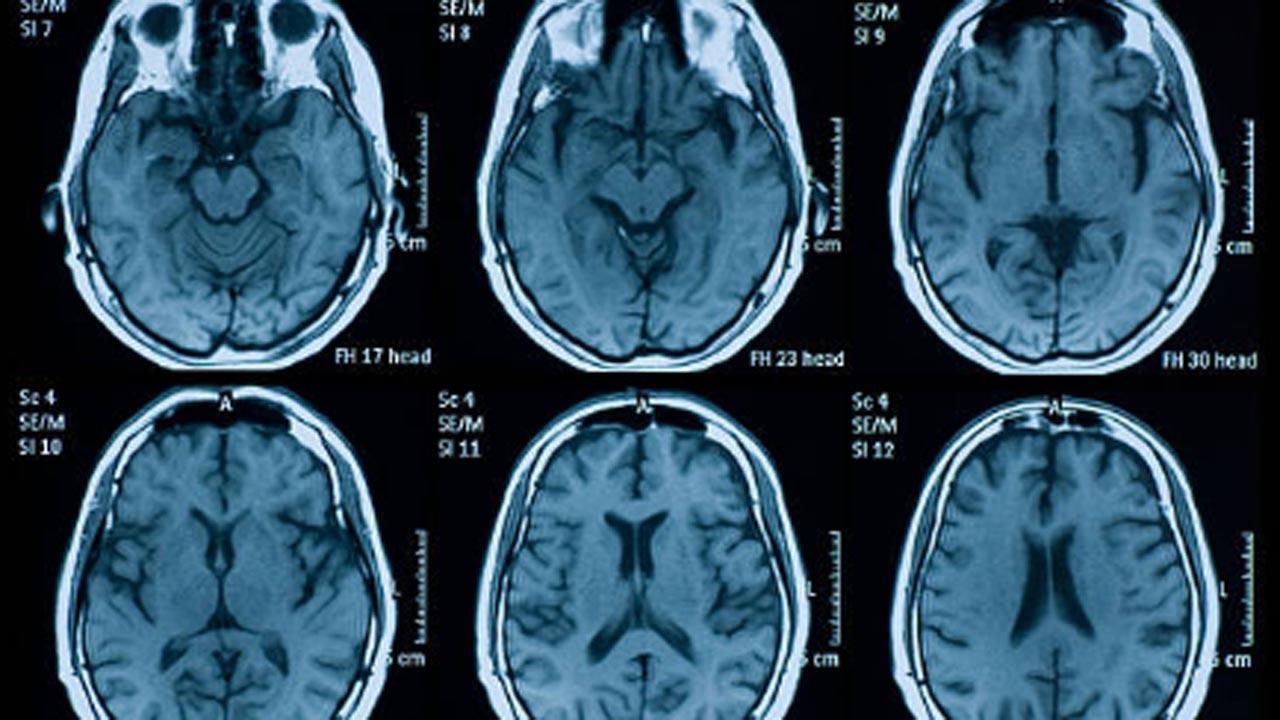
A condition involving the loss of skeletal muscle mass and strength, muscle atrophy can happen for a variety of reasons, but is typically a side-effect of degenerative disease, ageing or muscle disuse.
While physicians currently rely on MRI to assess whether a patient`s muscle size and volume have deteriorated, frequent testing can be time-consuming and costly. However, the new study published in the journal `IEEE Transactions on Biomedical Engineering` suggests that an electromagnetic sensor made out of conductive `e-threads` could be used as an alternative to frequent monitoring using MRI.
The team at The Ohio State University fabricated 3D-printed limb moulds and filled them with ground beef to simulate the calf tissue of an average-sized human subject. Their findings showed that they were able to demonstrate the sensor, resembling a blood pressure cuff, could measure small-scale volume changes in overall limb size, and monitor muscle loss of up to 51 per cent.
Astronauts on short spaceflights can experience up to a 20 per cent loss in muscle mass and bone density.
“Our sensor is something that an astronaut on a long mission or a patient at home could use to keep track of their health without the help of a medical professional,” said lead author of the study, Allyanna Rice, a graduate fellow in electrical and computer engineering at The Ohio State University.
“Ideally, our proposed sensor could be used by healthcare providers to more personally implement treatment plans for patients and to create less of a burden on the patient themselves,” Rice said.
The team designed the device to work by employing two coils, one that transmits and one that receives, as well as a conductor made out of e-threads that run along the fabric in a distinct zig-zag pattern.
Though the wearable is still years away from implementation, the study notes that the next major leap would most likely be to connect the device to a mobile app, one that could be used to record and deliver health information directly to healthcare providers.
And to improve life for future patients both on Earth and in space, Rice is looking forward to combining the sensor with other kinds of devices for detecting and monitoring health issues, such as a tool for detecting bone loss.
Also Read: The negative impact of sleep deprivation on health
This story has been sourced from a third party syndicated feed, agencies. Mid-day accepts no responsibility or liability for its dependability, trustworthiness, reliability and data of the text. Mid-day management/mid-day.com reserves the sole right to alter, delete or remove (without notice) the content in its absolute discretion for any reason whatsoever
Stay connected with us on social media platform for instant update click here to join our Twitter, & Facebook
We are now on Telegram. Click here to join our channel (@TechiUpdate) and stay updated with the latest Technology headlines.
For all the latest Technology News Click Here
